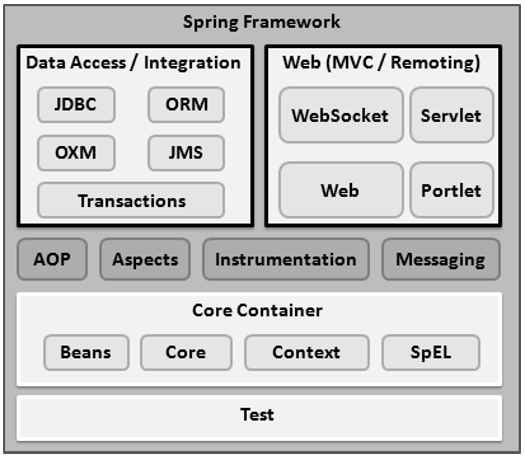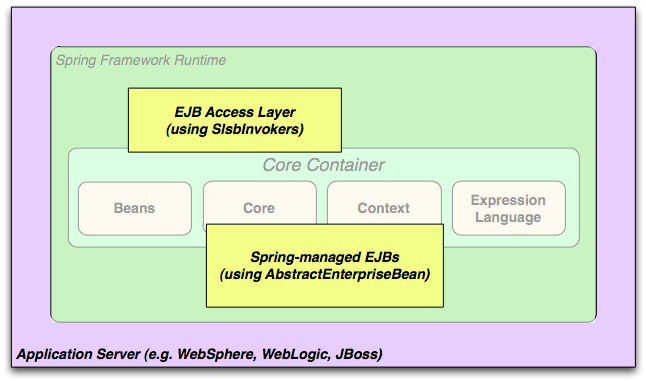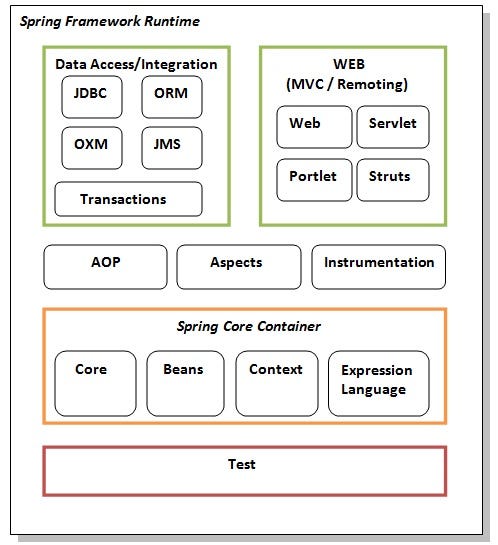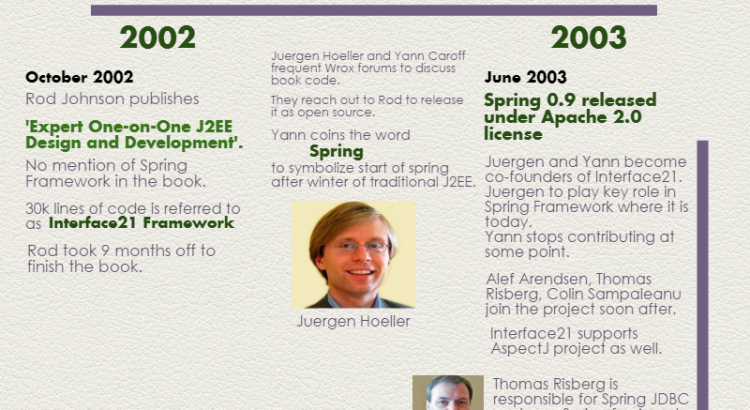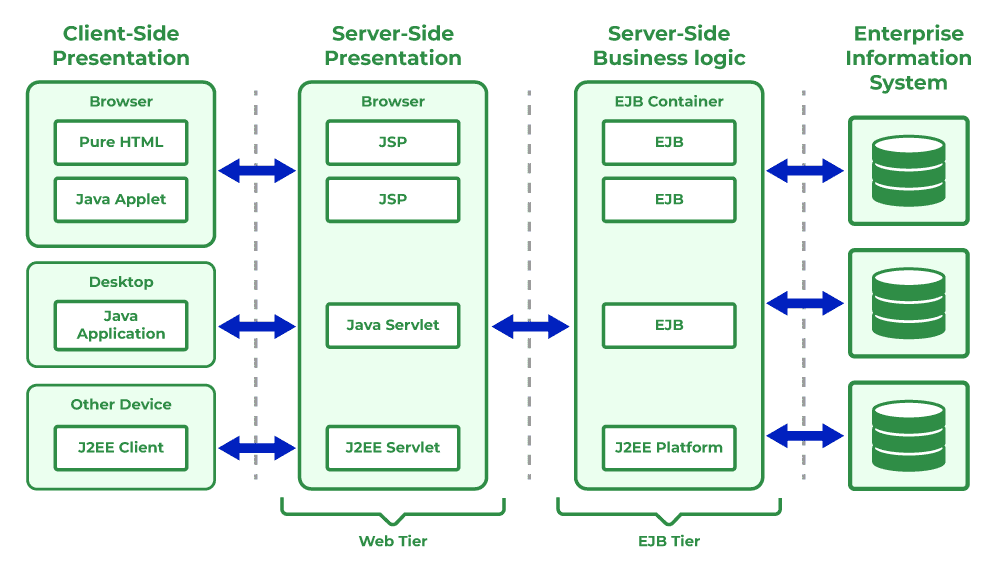Roads & PavementRoads & Pavement
Barefoot
Minimal
Low
Medium
High
Maximal
All around running shoes offer comfort and cushioning for daily runs, jogs, walks, and long mileage. They offer enough versatility for both faster and slower runs and are a great option for those who want one running shoe to do it all.
Fast run or uptempo running shoes are lightweight and responsive. They offer streamlined designs that have minimal uppers and offer a high level of energy return. These shoes are a great option for faster runs in the week or those looking for a livelier experience.
Max Cushion shoes offer premium cushioning with ample ground protection and a stable ride. These types of shoes provide abundant impact protection that softens landings while running at any pace or distance. These types of shoes are best for slower recovery runs and easy days where comfort takes priority.
Racing shoes are designed with optimal performance in mind. These types of shoes have snug-fitting uppers, energetic midsole foams, and features implemented for maximum efficiency. These types of shoes are best for runners looking to gain the ultimate advantage in races but may sacrifice some durability and comfort.
Gym Workout shoes offer a stable and versatile ride. They have a firmer underfoot feeling that provides stability for lateral movements with comfortable uppers. These types of shoes are best for trips to the gyms, cross training, casual wear, and light running. 1. Introduction to Spring Framework
Road running shoes feature smooth outsoles that are designed for running on paved surfaces such as roads, sidewalks, and bike paths.
Designed to handle most trail runs, these shoes prioritize comfort and a smooth ride. These shoes are great for anything from smooth singletrack, park trails, and fireroads making them ideal for those who run from their doorstep on streets before hitting the trail.
These shoes are best used for hard, rugged trails such as shale, granite or sandstone where grip on smooth surfaces and underfoot protection are important.
Designed for use in muddy, soggy conditions, these shoes feature very aggressive outsoles that dig deep into soft ground for exceptional traction.
These shoes feature technical outsoles designed to grip snowy and icy trails making them ideal for winter trail running.
Cushioning level, or stack height, refers to how much shoe is between your foot and the ground. For this category, we reference the amount of cushioning below the forefoot as the heel height will be equal to or greater than the forefoot height.
Spring Core. Spring is a powerful open source by Abhinav Kumar
0-13mm. The Shoe generally does not have a midsole and feels like there is no cushioning. This shoe is all about feeling the ground underfoot.
14-18mm. The shoe has a thin midsole that allows for a natural running experience. Racing shoes and minimalist shoes are common here. These shoes offer a feeling of being connected to the road or trail.
19-23mm. The shoe has a slightly cushioned feel and may feature added cushioning technologies. Performance training shoes and some trail shoes are common here. These offer protection during footstrike but prioritize a lightweight, grounded experience.
24-28mm. These shoes have a stack height that fall near the middle of the spectrum.The shoes in this category are verstaile and great for all types of runs and distances.
29-34mm. The shoe has a thick midsole and ample cushioning. These shoes are highly protective and absorb more impact than the body.
35mm plus. The shoe has an extremely thick midsole and extra cushioning. The focus is on protection and soft foam underfoot with hardly any ground feel.
Neutral shoes support the foot through a normal range of arch collapse and generally do not have a built-in technology to correct movement.
Stability shoes are a great option for those who overpronate or need added support. These shoes help to limit the inward rolling motion of the ankle while running or walking and assist in guiding the foot straight through the gait cycle. Java EE vs Spring Boot What are the Differences
Product Details:
java Spring MVC can t reach application on Tomcat Stack Overflow clearance, Spring Hibernate Tutorial for Beginners clearance, Spring MVC Helloworld Spring Helloworld Example clearance, Java Spring Boot Tutorial Live Hello World Web Application clearance, javaskool Introduction to J2EE clearance, Spring Java J2EE Application Framework 1 spring clearance, Spring Framework Tutorial Building an MVC application Toptal clearance, PPT Spring J2EE Framework PowerPoint Presentation free download clearance, Spring ppt PPT clearance, Creating a Web Application with Spring Boot with JSP Spring Boot clearance, Spring MVC Example DigitalOcean clearance, How to build a simple CRM with Spring Boot and Thymeleaf clearance, What is the flow of Java J2EE Spring MVC Hibernate real time clearance, Java EE vs Spring Top 6 Useful Comparisons To Learn clearance, Introduction To JavaEE Concepts clearance, Java EE vs. Spring Which Java Framework Reigns clearance, Spring Framework PDF Spring Framework Enterprise Java Beans clearance, Spring framework PPT clearance, Spring Framework Architecture GeeksforGeeks clearance, Techpragna Discover Learning clearance, Spring Boot and Java Tutorial Build a CRUD API clearance, GitHub ArthurVin jee tutorial youtube Java EE J2EE Tutorial clearance, J2EE Setup Tutorial Configure Spring clearance, What is the difference between J2EE and Spring Quora clearance, Spring MVC Tutorial javatpoint clearance, Spring MVC Framework Tutorial with Example Dinesh on Java clearance, Spring Tutorial Step 1 clearance, Spring Framework PDF Spring Framework Enterprise Java Beans clearance, Simplest Spring MVC Framework Tutorial Hello World Example with clearance, Spring Web MVC Framework for rapid open source J2EE application clearance, Java J2EE Tutorials Tutorials Eye clearance, How Java Spring MVC Works Spring MVC Request Flow Explained clearance, Spring MVC Tutorial DigitalOcean clearance, EJB vs Spring Top 10 Useful Differences You Should Know clearance, Spring Framework Recap MVC module by Sivakumar Ravichandran clearance, J2EE vs JavaEE vs JakartaEE vs Spring history Spring History clearance, J2EE Multitier Architecture GeeksforGeeks clearance, spring tutorial Spring Tutorials Blog clearance, Java EE vs Spring Boot What are the Differences clearance, Spring Core. Spring is a powerful open source by Abhinav Kumar clearance, 1. Introduction to Spring Framework clearance, Spring Framework Architecture clearance, Java EE J2EE Tutorial for beginners Part8 clearance, Introduction to Spring Framework GeeksforGeeks clearance, Spring MVC Tutorial javatpoint clearance, Spring with J2EE Part 1 clearance, 1. Introduction to Spring Framework clearance, Java EE J2EE Tutorial for beginners Real World App. YouTube clearance, Why Spring over J2EE JavaEE JakartaEE Spring History Spring Tutorial Ch0 E3 clearance, 1. Introduction to Spring Framework clearance, Product Info:
J2ee spring tutorial clearance.
- Increased inherent stability
- Smooth transitions
- All day comfort
Model Number: SKU#7401508
